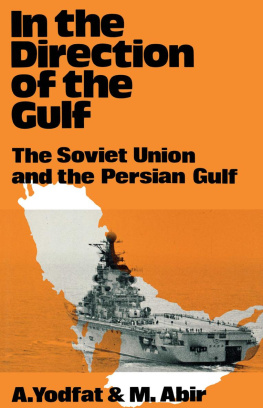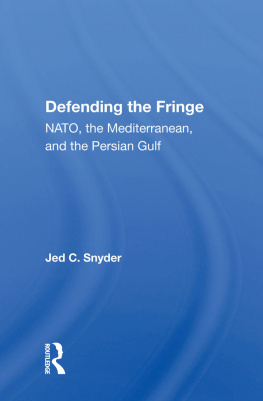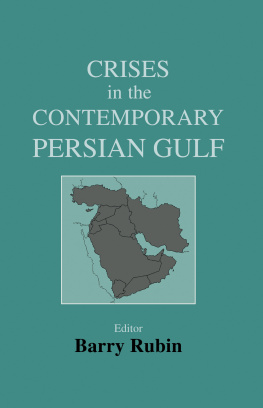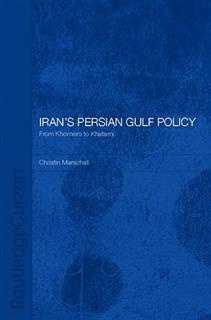First published in 2005 by
Kegan Paul Limited
Published 2017 by Routledge
2 Park Square, Milton Park, Abingdon, Oxfordshire OX14 4RN
Routledge is an imprint of the Taylor and Francis Group,
an informa business
Distributed by:
Columbia University Press
61 West 62nd Street, New York, NY 10023
Tel: (212) 459 0600 Fax: (212) 459 3678
Internet: http://www.columbia.edu/cu/cup
Taylor and Francis, 2005
All Rights reserved. No part of this book may be reprinted or
reproduced or utilised in any form or by any electric, mechanical or
other means, now known or hereafter invented, including
photocopying or recording, or in any information storage or retrieval
system, without permission in writing from the publishers.
ISBN 13: 978-1-138-71299-7 (hbk)
ISBN 13: 978-1-138-71346-8 (pbk)
British Library Cataloguing in Publication Data
Library of Congress Cataloging-in-Publication Data
Applied for.

THE OLD FORT OR CASTLE AT ROSTAK. [See p. 239]
CHAPTER V.
THE AL-BU SAEEDI DYNASTY.
THE Yaareba had been the most powerful dynasty that Oman had ever seen. It had held sway for about a century and a quarter and had during that period, by the administrative ability, energy and enterprise of its princes, raised the status, power, and prosperity of the country to a greater height than it had ever previously attained. Yet its fall was rapid, humiliating, and irretrievable, and the star of those enterprising princes, who had done so much for Oman, for good and evil, had set for ever. The date of this event, viz., 1749, is confirmed by Niebuhr, who tells us that in the year 1765 Ahmed bin Saeed had reigned sixteen years.
Relieved of the anxiety and perils of civil war, Ahmed was now able to turn his attention to administrative affairs, and by a quick move made himself master of Rostak, which had been for about 125 years the capital of Oman, and established his residence there, appropriating to himself all the castlesbait al malor crown lands, and other property.
In the main fortresses of the country, viz., Nezwa, Bahila, Zikki, and Semail, etc., he appointed men of his own selection as governors, and then with a strong hand set to work to repress many of the abuses that had crept into the State. In place of the thievish rabble soldiery maintained by his predecessors, he substituted a well-equipped and efficient body of African slaves, who are said to have been well behaved and faithful.
In order to still further consolidate his position, Ahmed, shortly after his accession to power, formed an alliance with the dynasty he had overthrown by espousing the daughter of the late Imam Saif bin Sultan, by whom he had a son named Mohammed.
Nothing, however, served so well to confirm him in the Imamate as his firm and sagacious administration, which soon gained him the loyal support and respect of the people.
With the fall of the Yaareba Dynasty the policy of adventure, or predatory exploits, which had distinguished them during their rule, fell also, and with the rise of the Al-Bu Saeedis the people of Oman returned under the wise guidance of Ahmed bin Saeed to the more simple and legitimate ways of commercial intercourse with other nations. The city of Muscat had rapidly recovered from the depression caused by the temporary occupation of the Persians, and became more populous and thriving than ever.
The Imam, looking round to see how he could best encourage the seaborne trade of his merchants, whose vessels at this period visited not only the ports of the Persian Gulf but those of Western India, Java, Mauritius, the Red Sea and East Africa, naturally directed his attention first to his own colonies in Africa, where it was necessary to obtain recognition of his sovereignty and make his authority felt and respected. In the ensuing north-east monsoon (1750), he accordingly despatched ships to the ports of Mombasa, Kilwa, and Zanzibar, appointing men on whom he could depend as governors. Although trade relations had no doubt existed between Oman and East Africa from immemorial times, as the slave markets of Persia and Mesopotamia could have been supplied in no other way, it was not until the first half of the seventeenth century that the Arabs began to acquire territorial possessions there, when, having been invited by the inhabitants of the country to protect them from their Portuguese oppressors, expeditions were sent from Muscat to capture and occupy Kilwa and Mombasa.
At this time the trade, though still quite undeveloped, was of considerable importance and value, consisting chiefly of slaves, ivory, copal and timber; and a large number of vessels were engaged in taking from Oman cargoes of dates and other articles in exchange for the commodities above mentioned.
The prosperity of Oman trade about this period was partly due to the increased security open to navigators by the disappearance of the most formidable piratical fleet then menacing commerce in the Indian Ocean, viz., that of Toolajee Angria of Gheriah, from whose depredations the Arabs and Persians had suffered very severely until it had been finally crushed by Admiral Watson. As the Angrias were of Arab extraction it may be as well to give a slight sketch of the rise of these notorious pirates, who paralyzed commerce in the Indian Seas for so many years. In the year 1643, a Muscat dhow was wrecked off the Indian coast near Rajapore in the dominions of the Sahujee Raja. The captain was killed and most of the crew made captives. Among the latter was a half-caste Arab, named Sambhoo, who, being a man of uncommon courage and ability, soon distinguished himself and was able, after many adventures and exploits, to establish himself on the coast in partial independence as a pirate. He was killed in a fight with the Moghuls troops in 1675, leaving a son, Poora, who successfully carried on his fathers lucrative profession, and was killed in 1686. Pooras son, Kanowja, was a very bold and spirited leader and became the most noted of the Angria family. About 1713 he began persistently to harass the English, and on this account several expeditions were sent against him from Bombay. He had, however, by this time established himself in a very strong position at Gheriah and was able to resist the efforts of the East India Company with ease. Kanowja died in 1740 and left two sons, Sambub and Toolajee, who were a terror to all traders. The end came in 1756, When Gheriah was captured by Admiral Watson and Colonel Clive, who with a squadron of fourteen men-of-war and a strong military force utterly routed out and destroyed the pirate fleet. A full account, no doubt, of this event reached Muscat shortly afterwards, and the news was naturally received with much rejoicing by the merchants.













